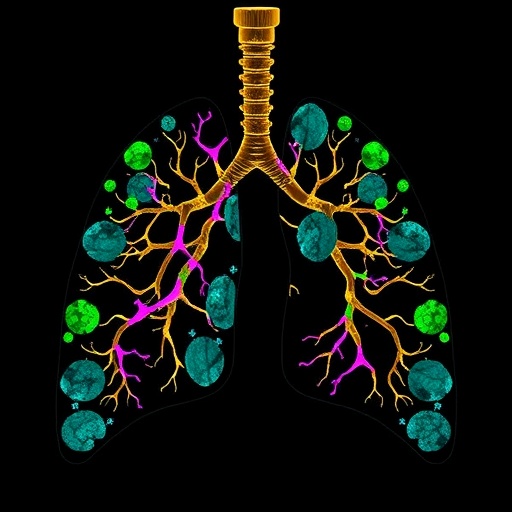
Credit: Photo: DPZ
During daily life, we routinely pay attention to a few important objects in our visual scene. We are even able to do this while we make eye movements to monitor the rest of the scene. Just as moving a camera moves the location of objects within the camera's display, each eye movement moves the representation of the visual scene on the retina (the eye's receptor surface). Neuroscientists Tao Yao, Stefan Treue and B. Suresh Krishna from the German Primate Center (DPZ) in Göttingen, Germany, wanted to understand the neural mechanisms that allow us to maintain attention on important objects even as the visual representation moves on the retina with each eye movement. Their study shows that the rhesus macaque's brain quickly and efficiently shifts attention with each eye-movement in a well-synchronized manner. Since humans and monkeys exhibit very similar eye-movements and visual function, these findings are likely to generalize to the human brain. These results may help understand disorders like schizophrenia, visual neglect and other attention deficit disorders (Nature Communications).
The human (and monkey) eye can be conceived as acting like a camera: light enters the eye and falls on the retina, where it is converted into neural activity that is interpreted by our brain to provide us with a sense of vision. The central part of the retina is specialized for more sensitive, higher-definition vision than the border areas. During natural vision, we therefore scan the scene by moving our eye two to three times every second so that its center falls on different parts of the scene. At the same time, we also maintain our attention on important parts of the scene: for example, a mother may look around the world even as she continues to pay attention to her child. Paying attention to the child requires that the brain enhances the processing of neurons that respond to the child. However, this poses a challenging problem for the brain when eye-movements are made, because with each eye-movement, the image of the child falls on a different location on the retina. Since different locations on the retina stimulate different visual neurons in the brain, this means that one set of visual neurons responds to the child before the eye-movement, while a different second set of neurons responds to the child after the eye-movement. Thus, to optimally maintain attention on the child, the brain has to enhance the responses of the first set of neurons right until the eye-movement begins and then switch to enhance the responses of the second set of neurons right around when the eye-movement ends. However, whether attention switches are fast and well-synchronized with eye-movements is not known, since the time-course of the switch of attentional enhancement had never been measured until now.
In order to address this, neuroscientists Tao Yao, Stefan Treue and Suresh Krishna of the German Primate Center (DPZ) examined the responses of many single neurons in the brain of two rhesus monkeys while they attended to a stimulus without directly looking at it and made an eye-movement while maintaining attention on this stimulus. To measure the activity of single neurons, the scientists inserted electrodes thinner than a human hair into the monkey's brain and recorded the neurons' electrical activity. Because the brain is not pain-sensitive, this insertion of electrodes is painless for the animal. By recording from single neurons in an area of the monkey's brain known as area MT, the scientists were able to show that attentional enhancement indeed switches from the first set of neurons to the second set of neurons in a fast and saccade-synchronized manner. Attentional enhancement in the brain is therefore well-timed to maintain spatial attention on relevant stimuli, so that they can be optimally tracked and processed across saccades.
"Our study shows how the primate brain is able to ideally keep paying attention to relevant objects even while making frequent eye-movements", says Tao Yao, first author of the publication. It supports the idea that the visual attention system and the eye-movement system operate in a synchronized, well co-ordinated manner. "Our results answer several important questions about how the sensory and motor parts of the brain interact and co-ordinate with each other. Also, because co-ordinated sensorimotor function is known to be impaired in schizophrenia, visual neglect and other brain disorders, our results may help improve our understanding of these diseases", Tao Yao comments on the findings.
###
Media Contact
Susanne Diederich
[email protected]
49-551-385-1359
http://dpz.eu




